3,000 Years of Tradition, One Unrivaled Tuna
From sea to table, we bring you the world’s finest bluefin tuna — 100% wild, sustainably caught through the ancient Almadraba method.
3,000 Years of Tradition, One Unrivaled Tuna
From sea to table, we bring you the world’s finest bluefin tuna — 100% wild, sustainably caught through the ancient Almadraba method.
3,000 years legacy
Almadraba fishing method
The Almadraba fishing gear has remained practically unchanged for more than 3,000 years. Catches depend on the abundance of the resource and climatological factors such as cleanliness, transparency, water temperature, moon phase, tides, winds, etc. without the use of means to artificially increase catches. The Almadrabas begin to be set about two months before the start of the fishing season. It is a fixed gear of vertical nets that are held in place on the surface with floats and are fixed by thousands of metres of steel cables that are linked to anchors.
- Selective Catch: Only a small portion of tuna is caught near the coast.
- Scientific Tool: Used to study tuna populations and migration.
- Sustainable Method: Ensures care and consistent quality yearly.
Services for You
Services We Offer
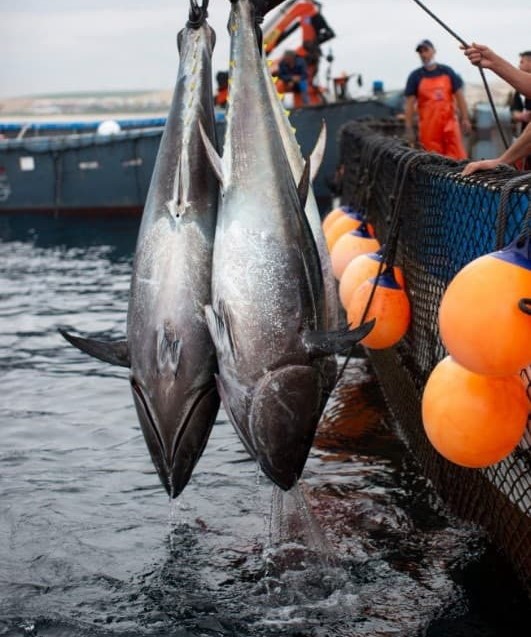
Import of Wild Bluefin Tuna
Exclusive supply of 100% wild, seasonal bluefin tuna caught using the traditional Almadraba method.

Processing & Custom Cuts
Expert handling and traditional ronqueo cutting to deliver premium cuts tailored to your needs.
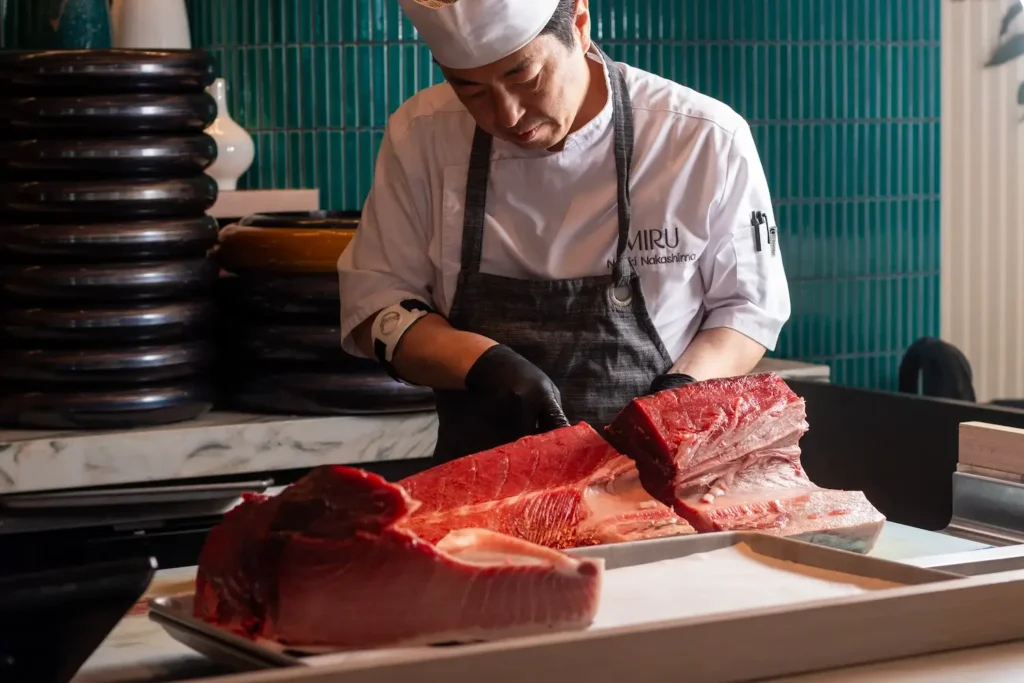
Distribution to Restaurants
Supplying top-quality tuna to fine dining establishments, gourmet retailers, and seafood specialists across the UAE.
The Ronqueo
the traditional art we use to cut the tuna
Ronqueo is the traditional cutting of bluefin tuna. The word ‘ronqueo’ comes from the noise that the knife makes when it rubs against the fish’s backbone. It is a manual cut that is made by parts according to the degree of fat content of the muscle and not necessarily following the plans of differentiated muscle pieces. The different parts of the Bluefin Tuna are removed from the ronqueo, both for fresh consumption and/or subsequent deep-freezing, and for the production of processed products, such as salted and canned products. A total of 24 pieces are extracted, practically 100% of the product is used. Each cut is a texture, a flavour, an experience.
- Traditional manual tuna cutting
- Full use, zero waste
- 24 unique cuts extracted
- Fresh or deep-frozen options
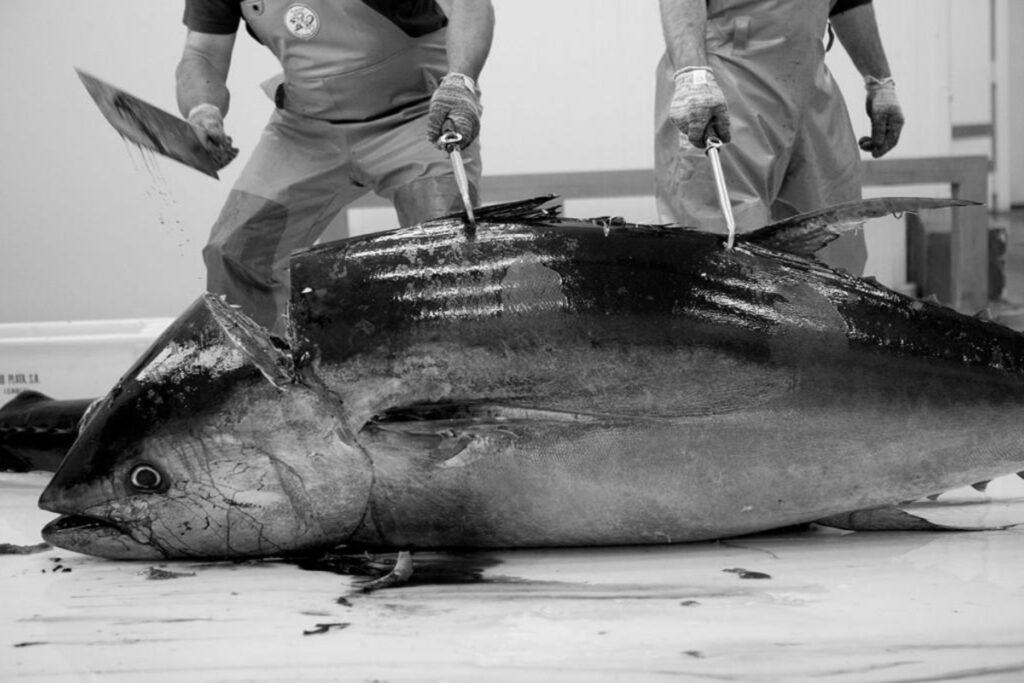

Testimonials
Why People Believe in Us!
What our clients say about the unmatched quality of our tuna, the care in our process, and the tradition behind every cut.
As a chef, quality is everything. ASASE’s bluefin tuna is unmatched — rich in flavor, perfectly cut, and always fresh. It’s become a star on our menu.

Richard K. Le
Manager Director
We’ve worked with many suppliers, but none come close to the consistency and transparency ASASE offers. Their respect for tradition and sustainability sets them apart.

Jhon Doe
Manager Director
As a chef, quality is everything. ASASE’s bluefin tuna is unmatched — rich in flavor, perfectly cut, and always fresh. It’s become a star on our menu.

Richard K. Le
Manager Director
We’ve worked with many suppliers, but none come close to the consistency and transparency ASASE offers. Their respect for tradition and sustainability sets them apart.

Jhon Doe
Manager Director
Why People Believe in Us!
The Legacy and Impact of Our Tuna
3,000 years of tradition, ASASE’s wild bluefin tuna is not just a product it’s a story. From the selective Almadraba fishing method to the 24 precise cuts during the ronqueo, every number tells a tale of quality and heritage.
Cutting of wild bluefin Tuna From Tuna Fishing

3,000 years legacy
Almadraba fishing method
The Almadraba fishing gear has remained practically unchanged for more than 3,000 years. Catches depend on the abundance of the resource and climatological factors such as cleanliness, transparency, water temperature, moon phase, tides, winds, etc… without the use of sophisticated means to artificially increase catches. The Almadrabas begin to be set about two months before the start of the fishing season. It is a fixed gear of vertical nets that are held in place on the surface with floats and are fixed by thousands of metres of steel cables that are linked to anchors. As it is a fixed gear and quite close to the coast, only a very small percentage of the total population of tuna that migrate through these waters can be caught by the Almadrabas. Hence, the scientific community considers this gear as a ‘scientific observatory’ to carry out its studies on the evolution and abundance of the resource. It is a sustainable fishing gear that allows us to take care of the species first and foremost, and to have the same quality year after year.
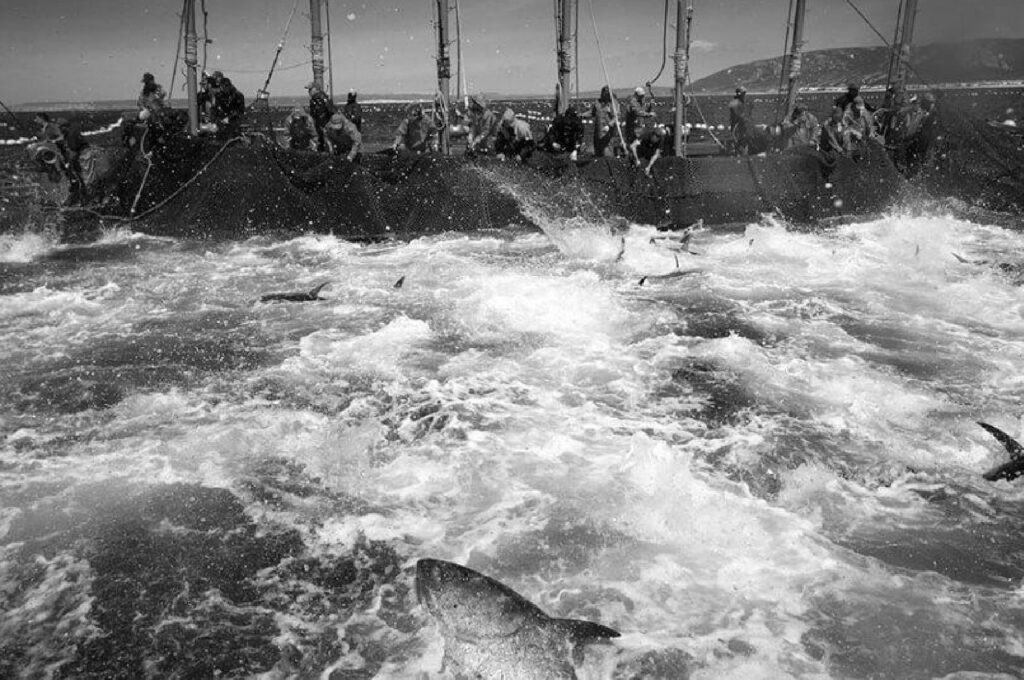
The Ronqueo
the traditional art we use to cut the tuna
Ronqueo is the traditional cutting of bluefin tuna. The word ‘ronqueo’ comes from the noise that the knife makes when it rubs against the fish’s backbone. It is a manual cut that is made by parts according to the degree of fat content of the muscle and not necessarily following the plans of differentiated muscle pieces. The different parts of the Bluefin Tuna are removed from the ronqueo, both for fresh consumption and/or subsequent deep-freezing, and for the production of processed products, such as salted and canned products. A total of 24 pieces are extracted, practically 100% of the product is used. Each cut is a texture, a flavour, an experience.
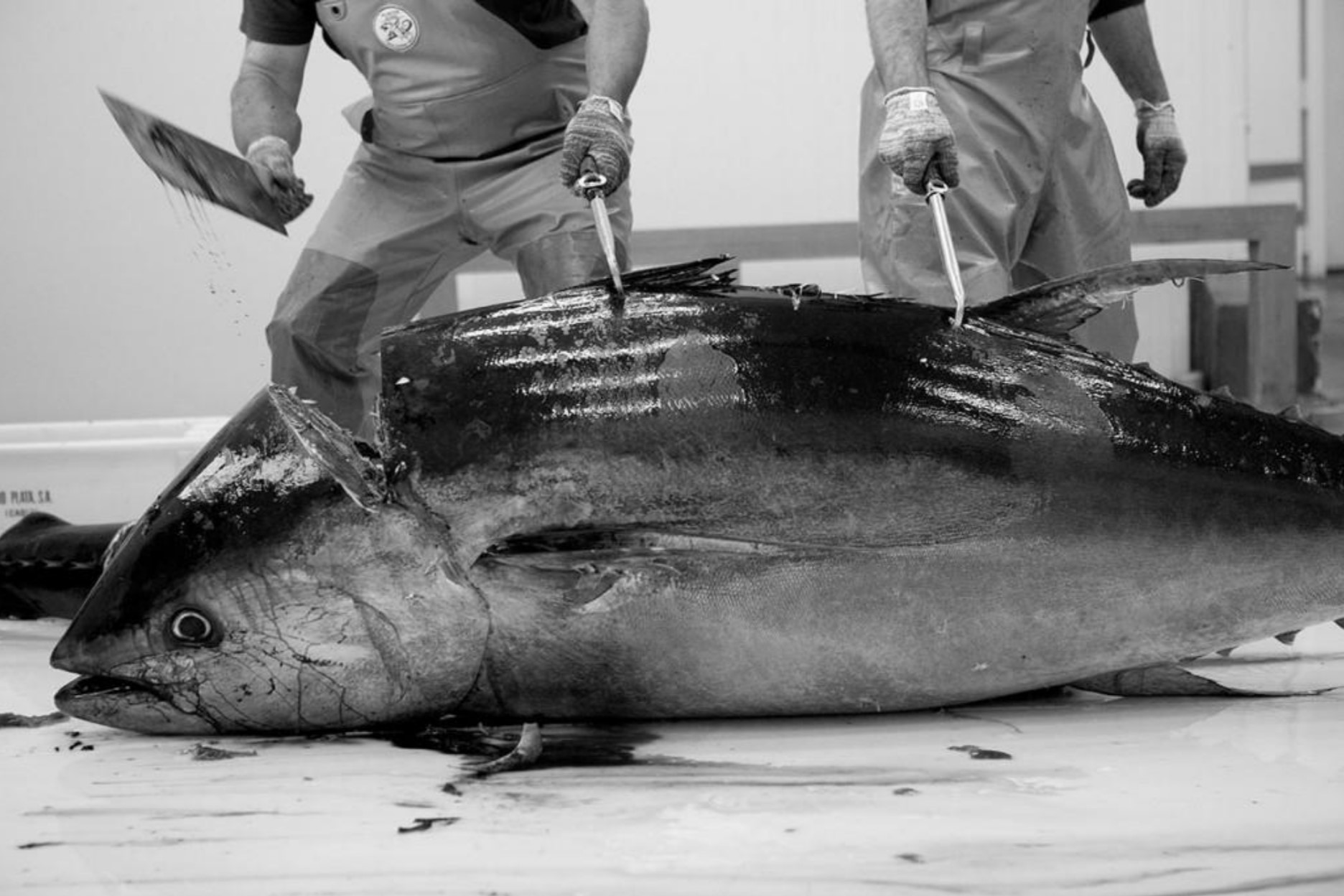
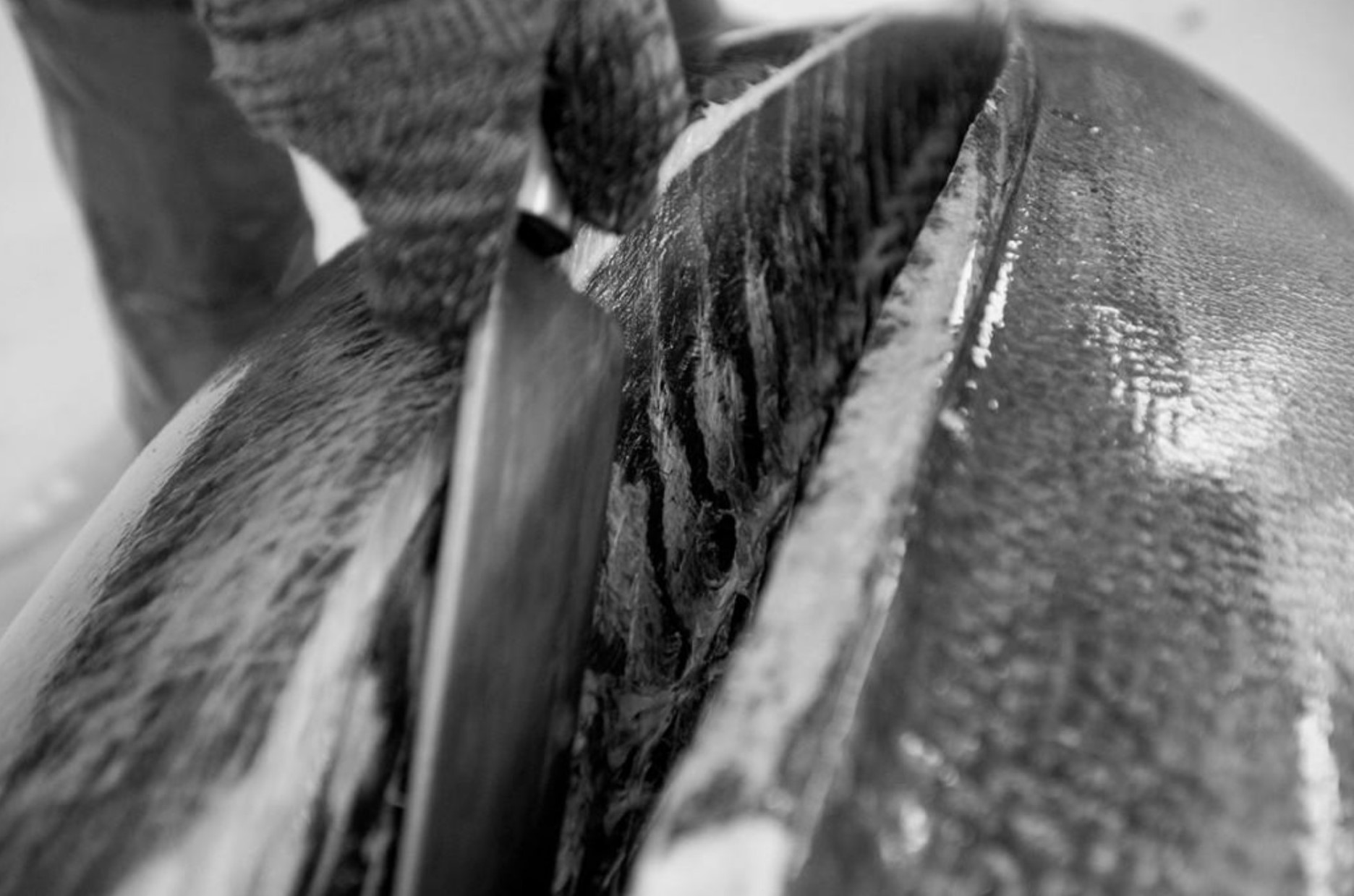
Blog & News
Latest Blog Posts
Stay updated with the latest insights, stories, and trends from the world of tuna. Our blog dives deep into the tradition, sustainability, and culinary excellence behind every cut of our wild bluefin tuna.
We are here to help!
Contact Us Now
Have questions or inquiries? Reach out to us, and our team will be happy to assist you with any information you need about our products, services, or partnerships.
